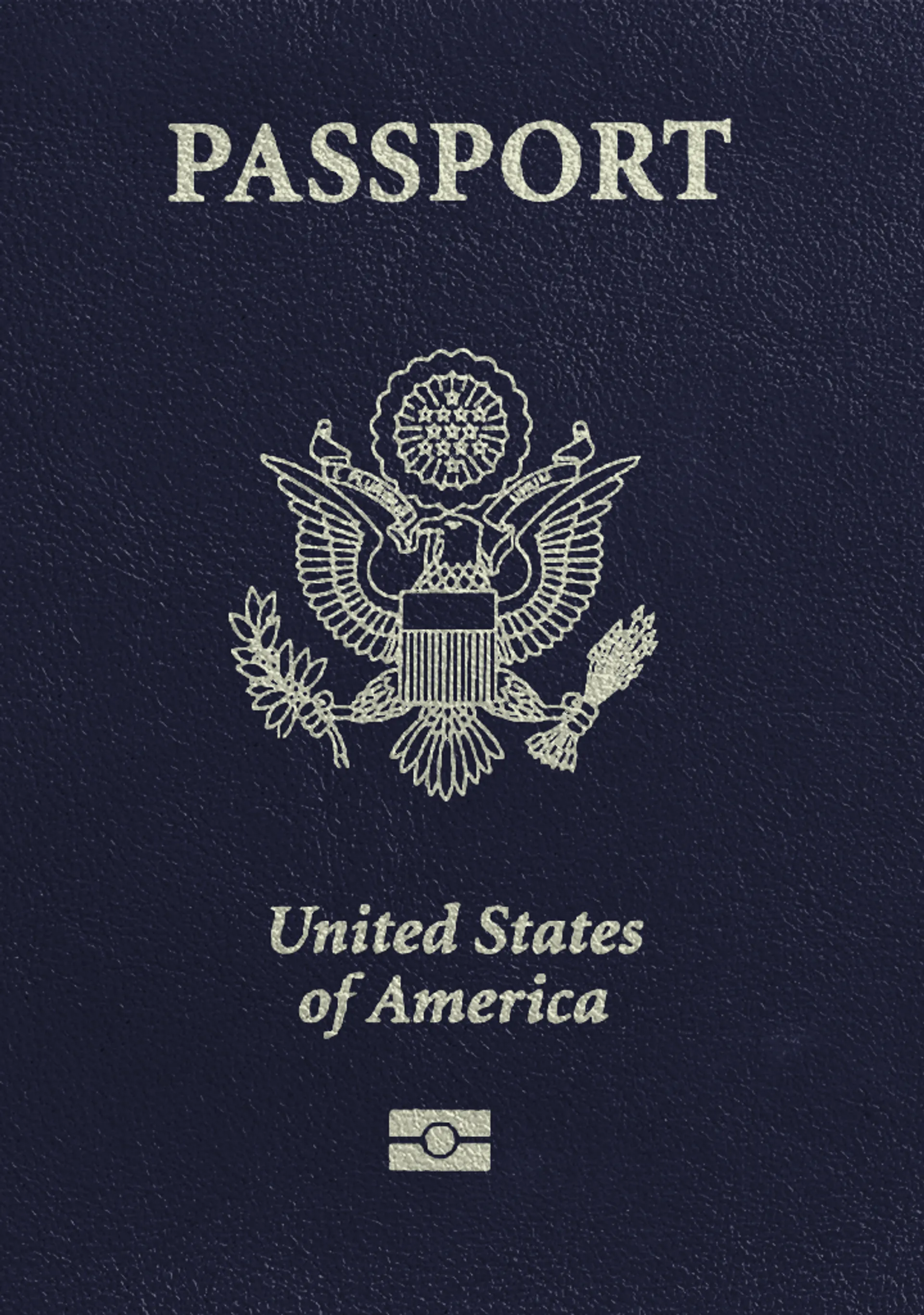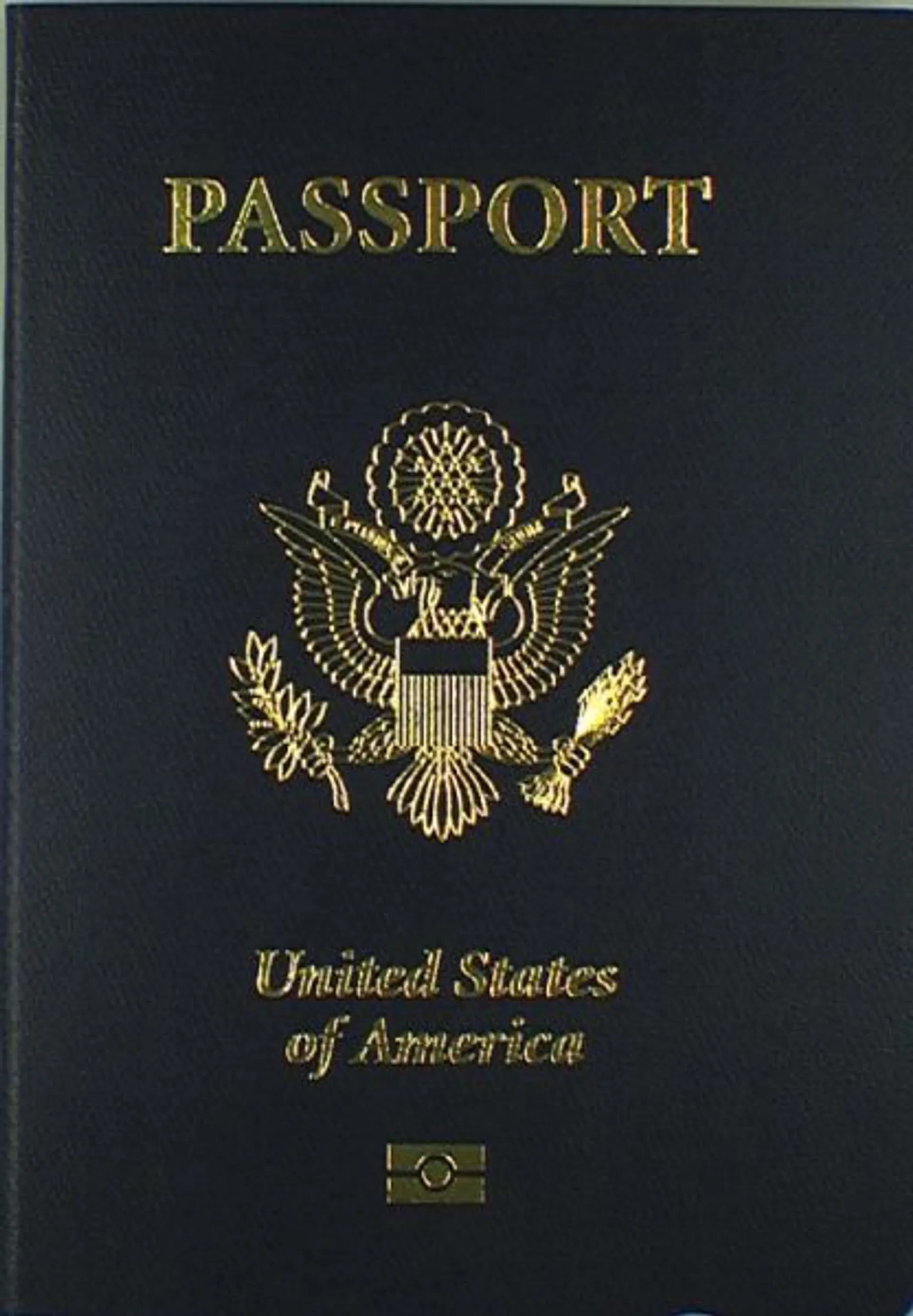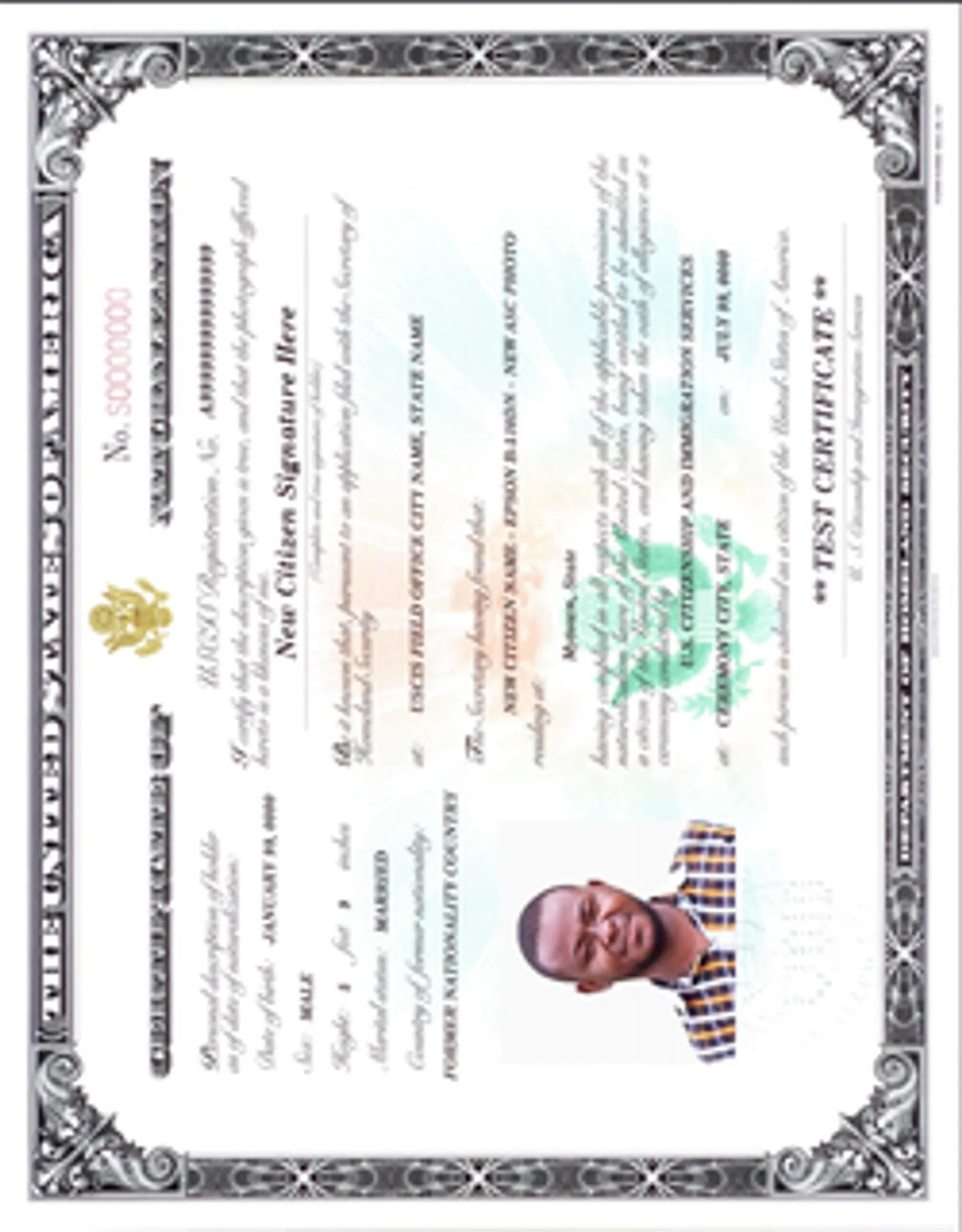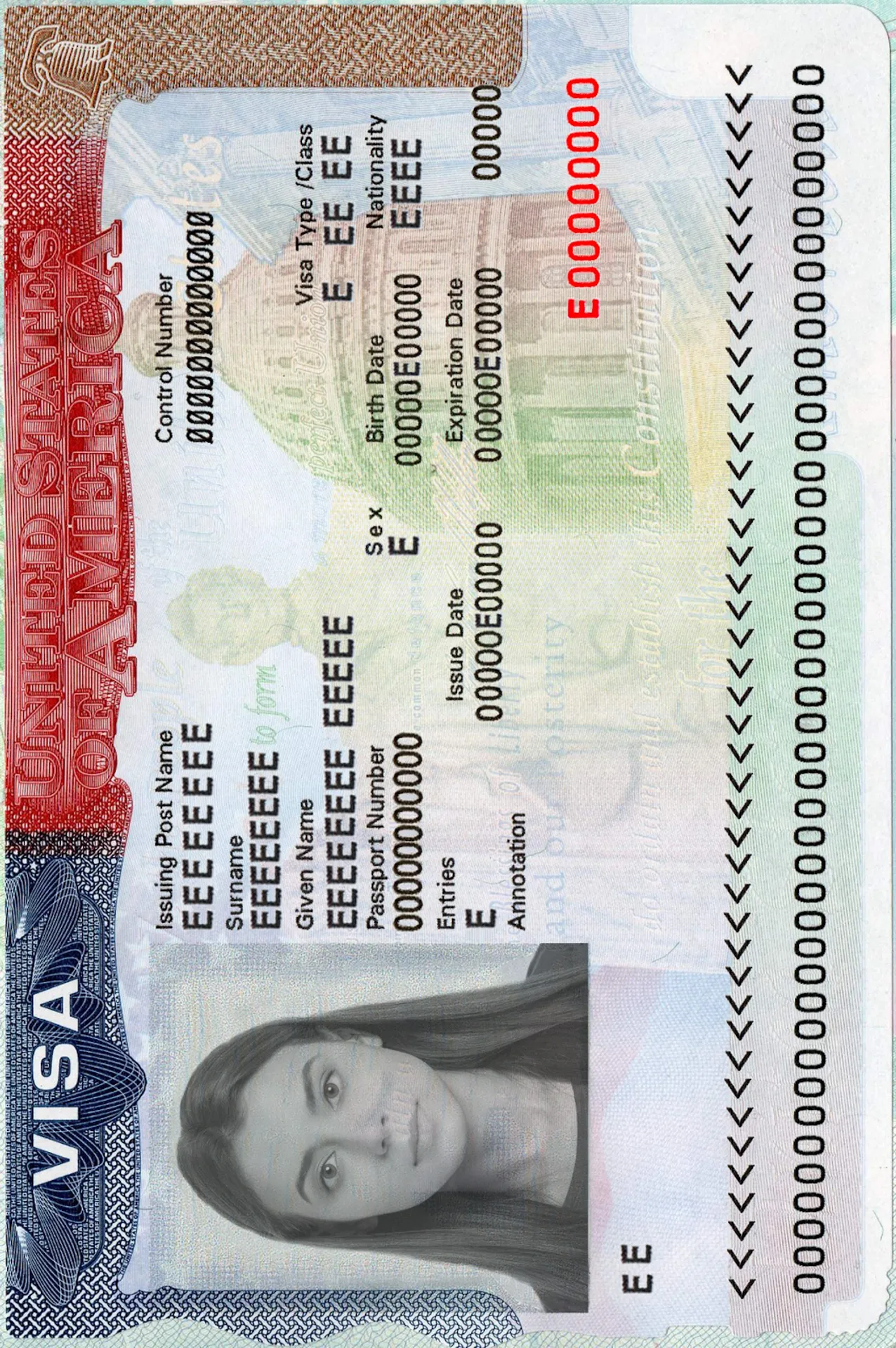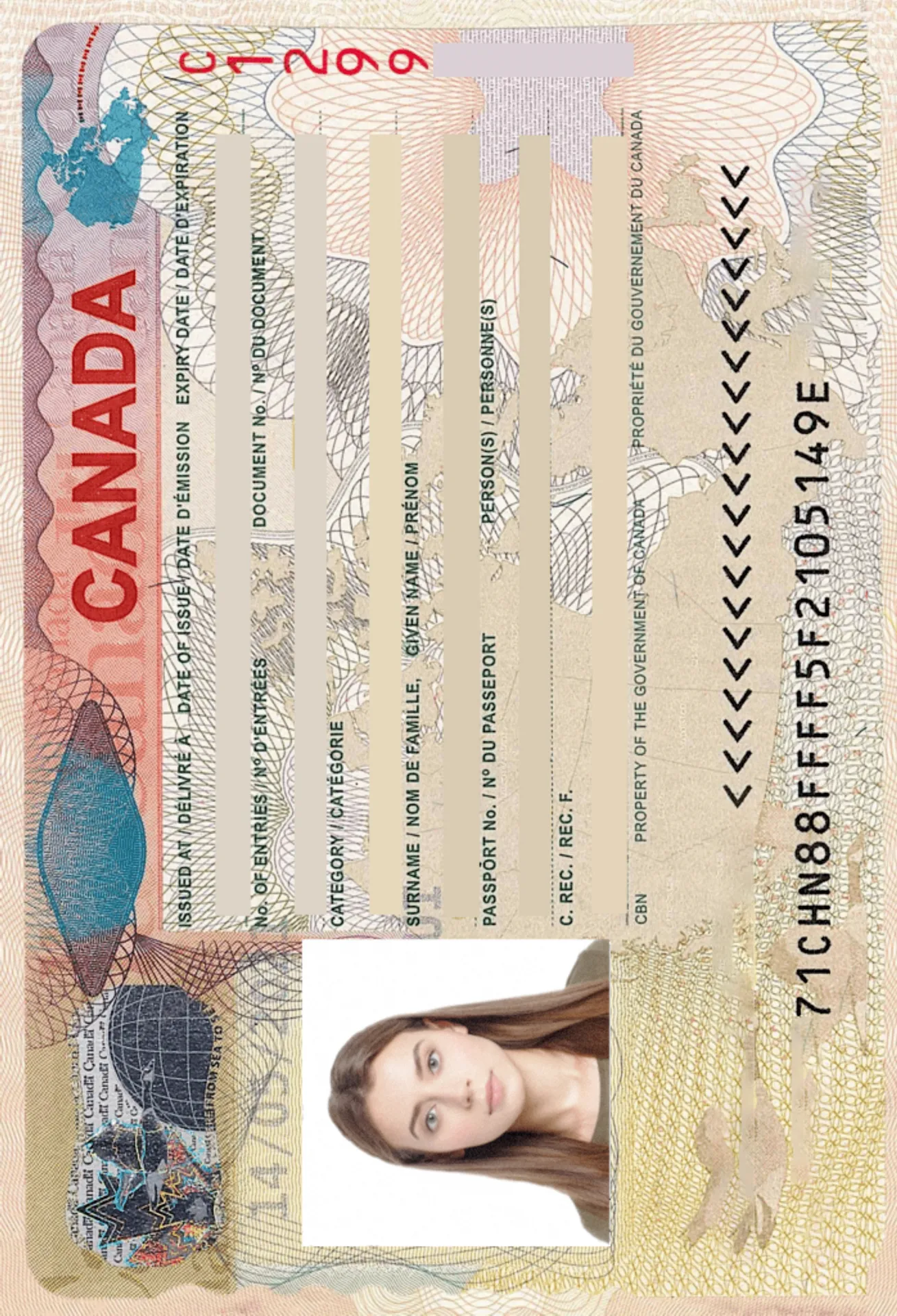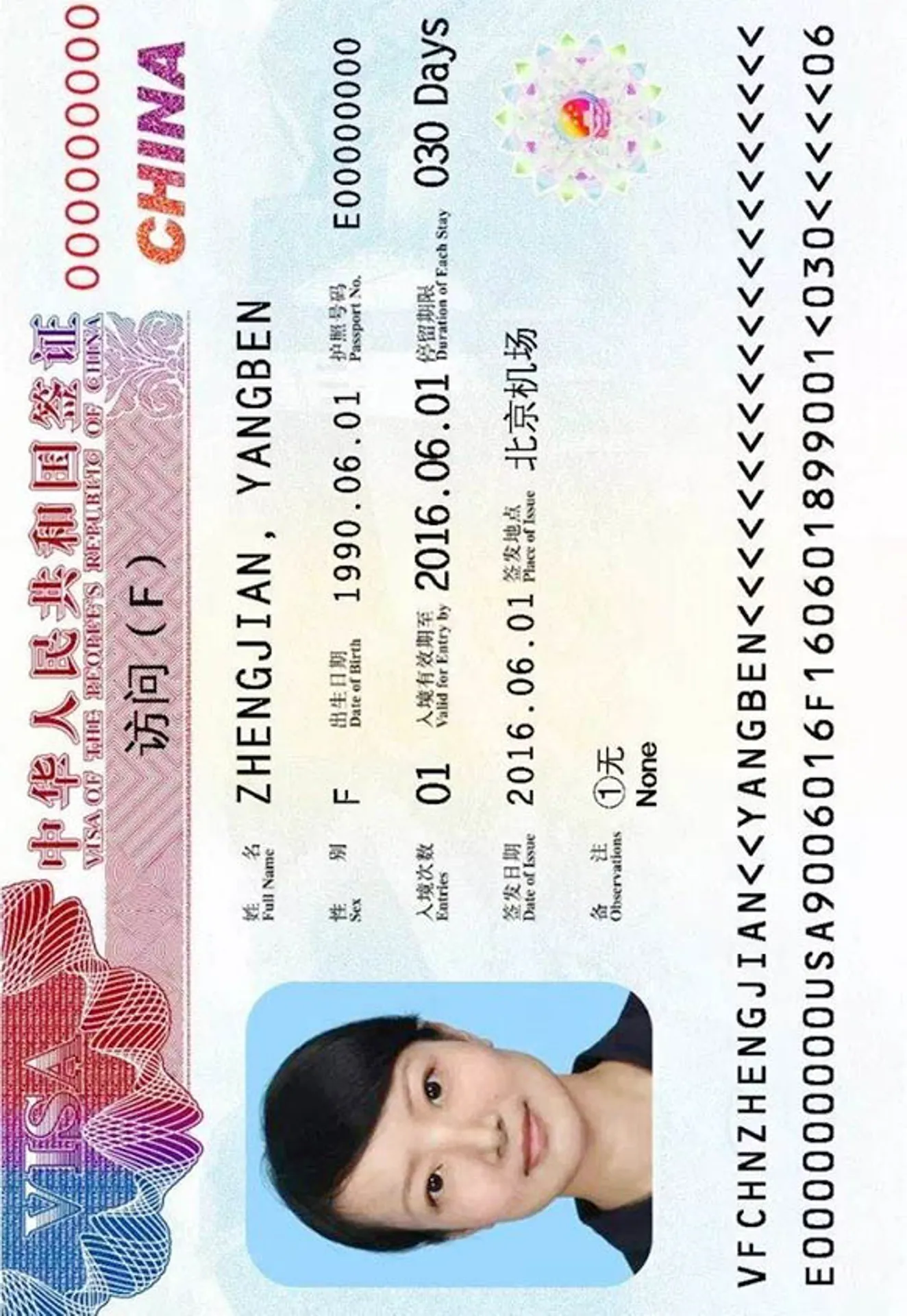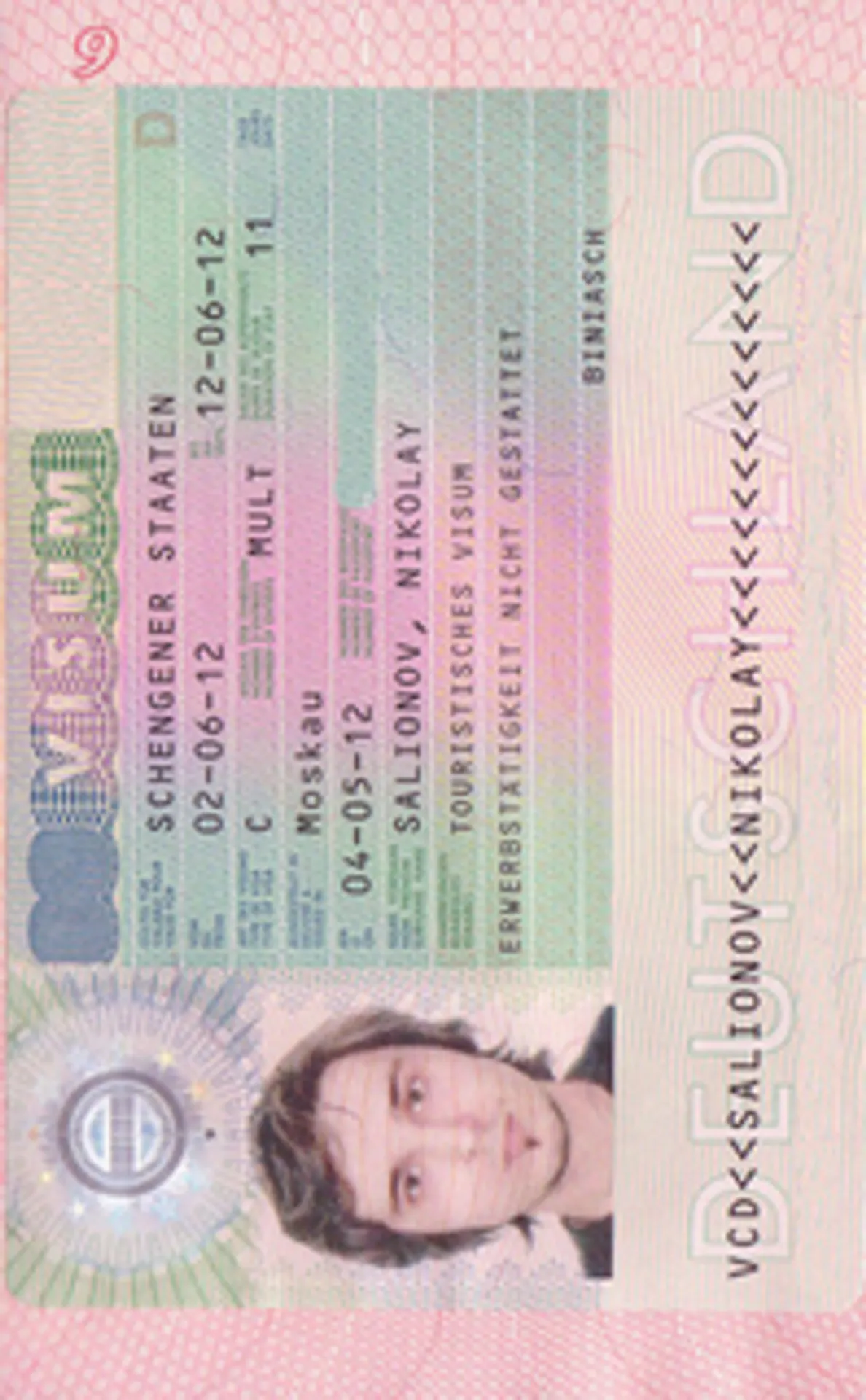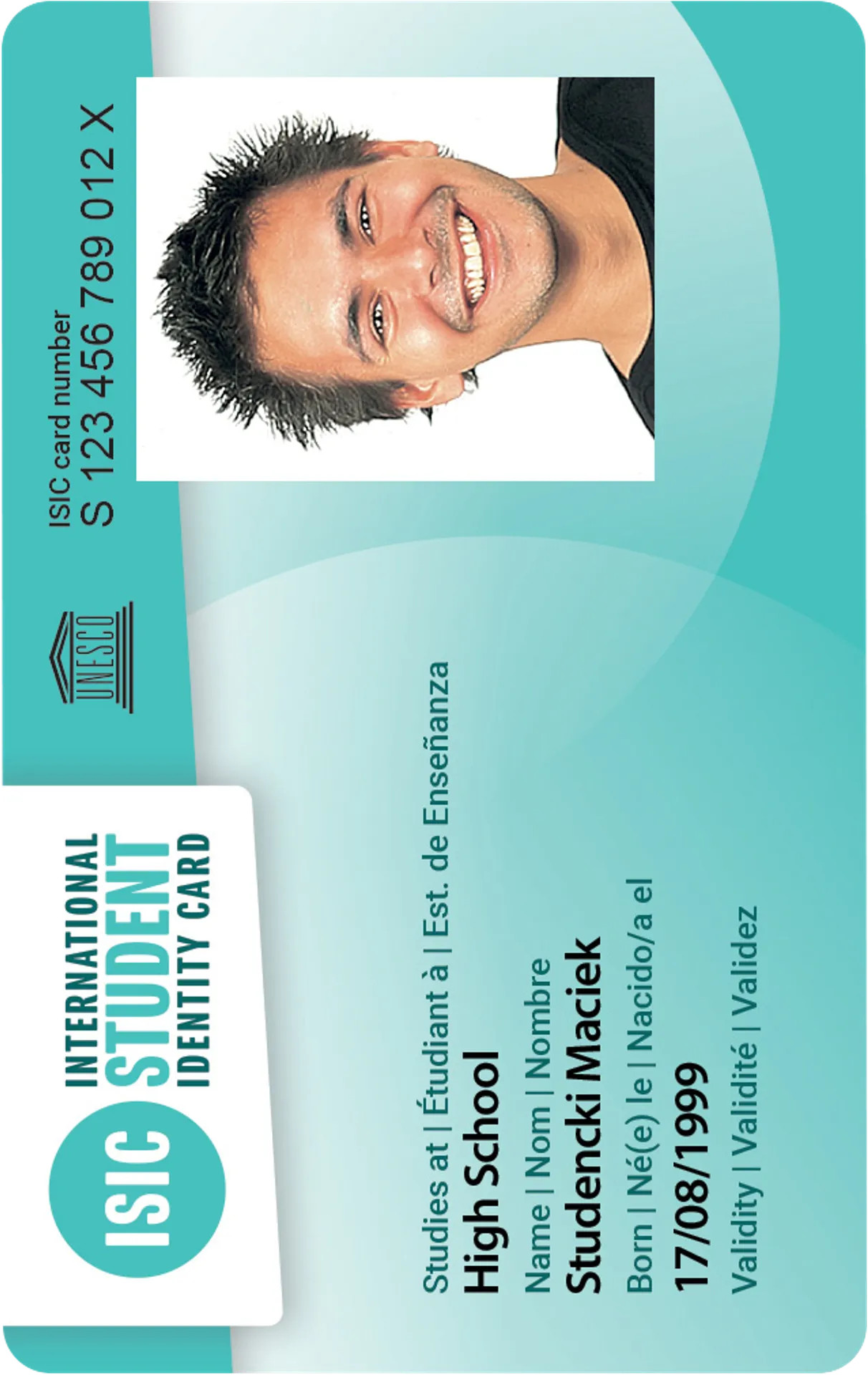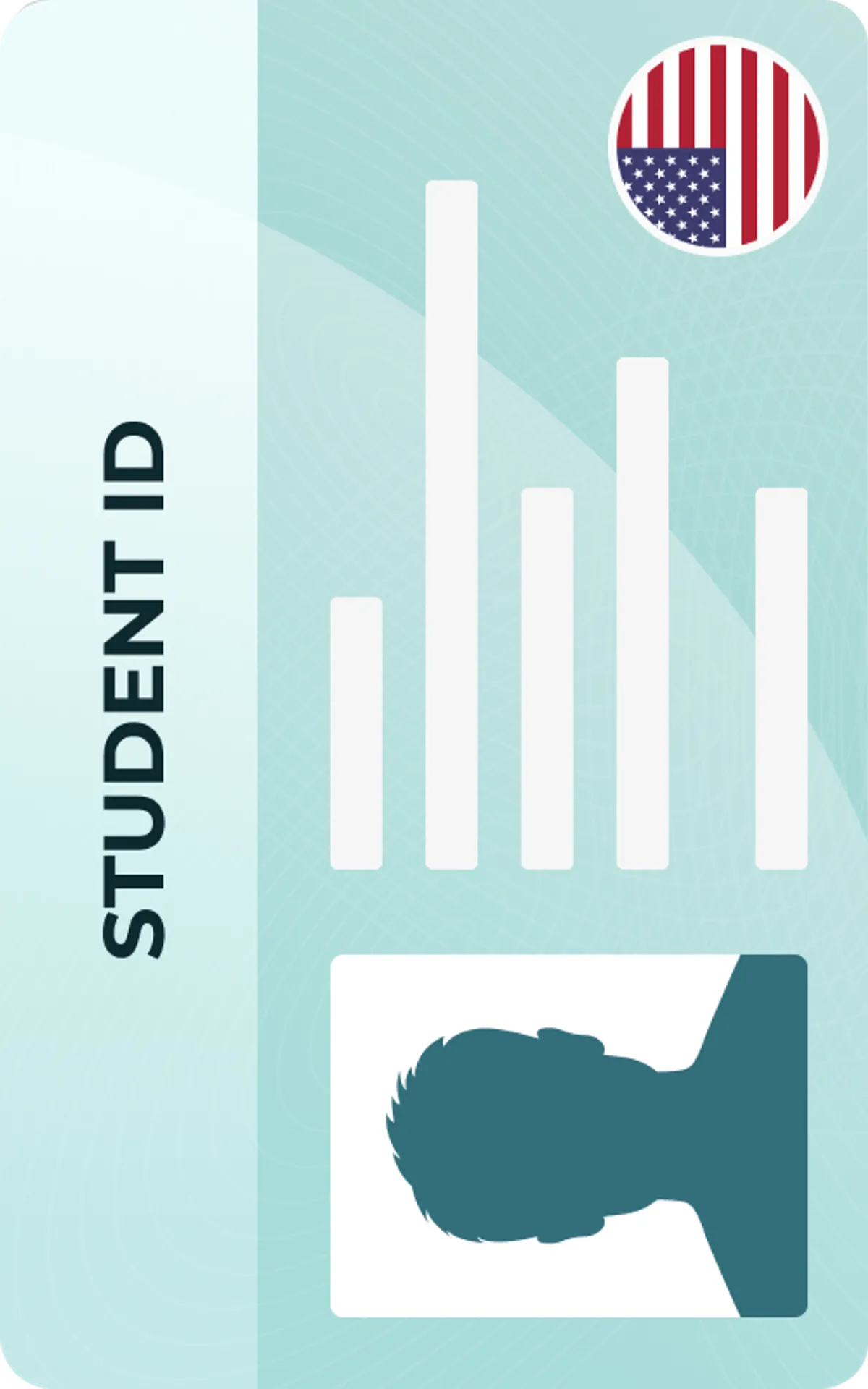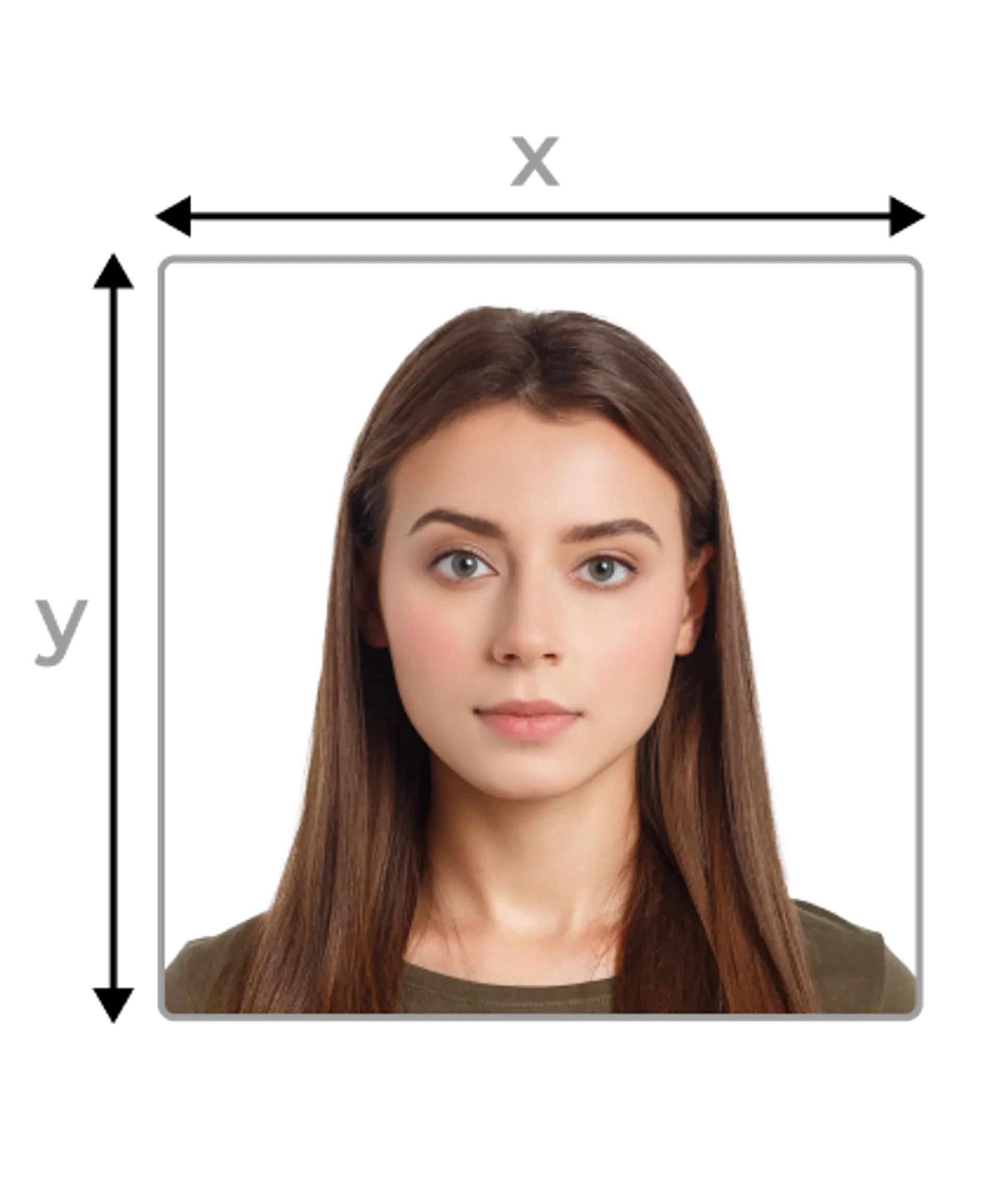
Japan Passport Photo Online
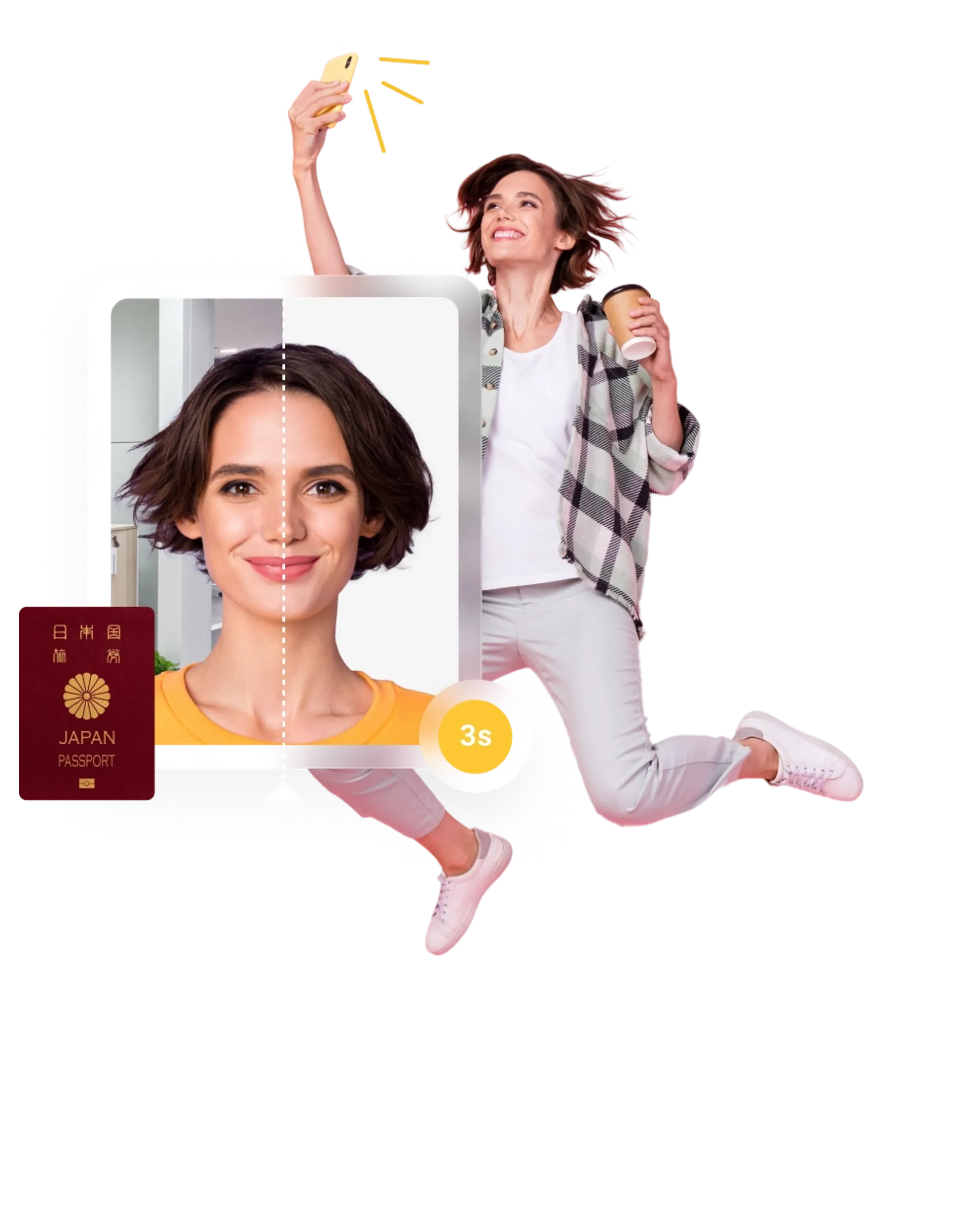






How do our mobile and web apps work?
Snap the perfect passport photo in under 3 minutes!
Find out just how simple it can be!

Take or upload a photo
Use a photo you already have or take a new one. We'll double-check it and make sure it passes all compliance tests.

Get your photo tuned-up by AI
Our AI system will crop, resize, and adjust the background of your image.

Get expert verification
One of our experts will carefully review your passport photo, providing you with feedback in under a minute!
Key benefits of using our passport photo tool
Get comfy at home, grab your phone, and snap a few pictures. End up with a result you’re 100% satisfied with!
Independence
No need to drive or wait in line. Take a photo wherever you are with only your smartphone.
Trusted service
Over a million users worldwide, 18 million photos processed, and thousands of 5-star reviews on TrustPilot.
Professional support
Questions or doubts about your photos? Our photography experts and support agents will be happy to help you out.
Acceptance guarantee
Once you place your order, our AI and human expert will verify your photo to ensure it's 100% compliant.

Passport photo-taking tips
Follow these guidelines to create the perfect passport picture.
Consider the distance
Keep your front-facing camera 16–20 inch (40–50 cm) away from the face. For rear cameras, keep a 4–6 foot (1–2 meter) distance.
Keep your head and body straight
Look directly into the camera and avoid tilting your body. Remember, portrait mode is unacceptable for passport photos.
Prepare good lighting
Take your passport photos in a daylight setting, like near a window on a sunny day. Shadows on your face or in the background are not permitted.
Photo for Japanese Passport-size and requirements
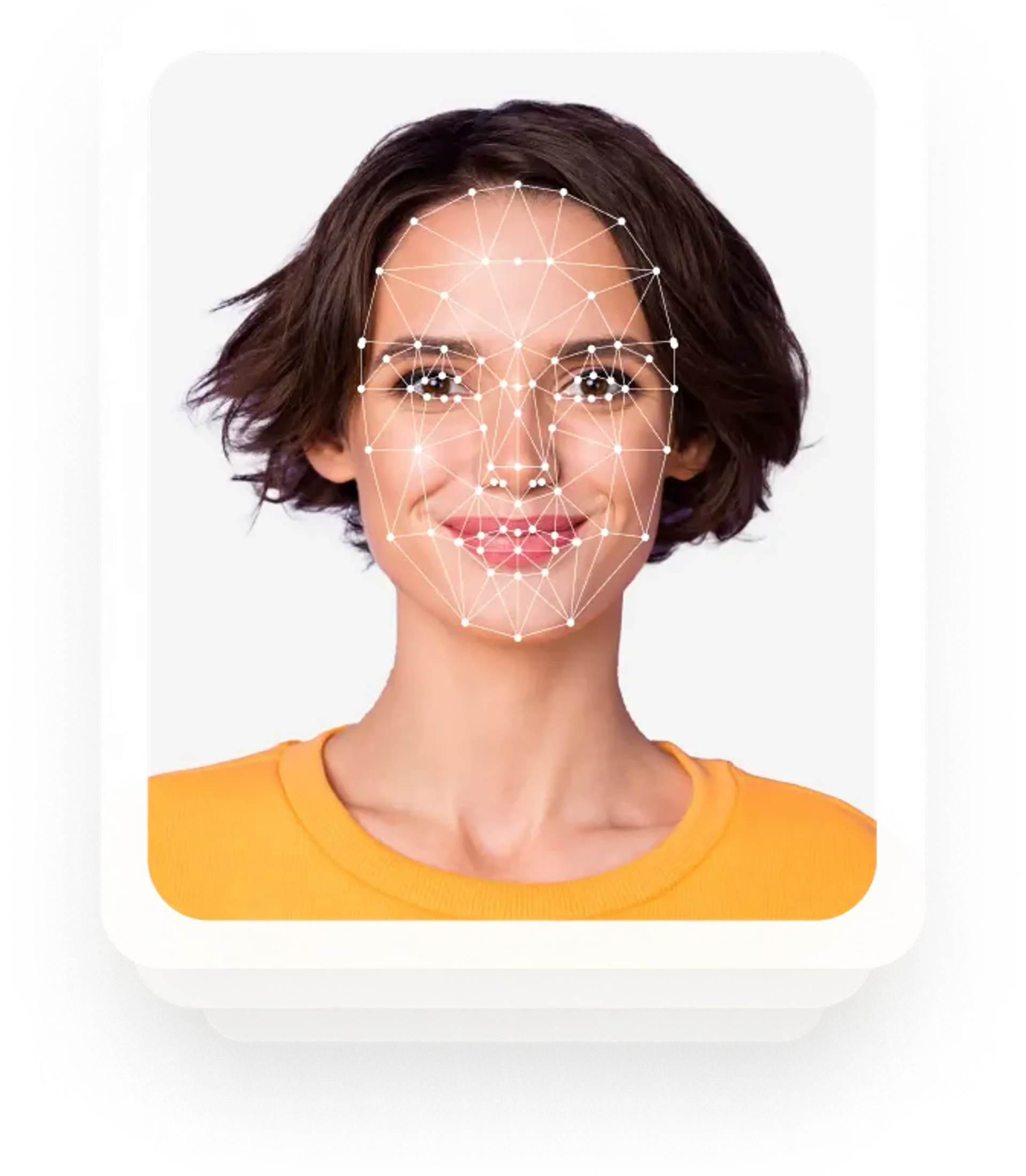
Size
35x45 mm
Resolution
600 dpi
Is it suitable for online submission?
Yes
Is it printable?
Yes
Background Color
Powder Blue
Image definition parameters
Head height: 34 mm
Top of the Photo to Top of the Hair: 3 mm
Vule is a seasoned editor with a rich background in writing and editing, specializing in content related to passport photography. His skill lies in transforming complex information into clear, engaging narratives, making intricate topics accessible and relatable to a broad audience. With a keen eye for detail and a passion for storytelling, Vule ensures that every piece of content is not only factually accurate but also captivating and informative.
Photo for Japanese Passport - size and requirements
The Japanese passport is considered to be the “strongest” in the world. This means being a holder allows you to travel visa-free, or with a visa on arrival, to 192 countries and territories of the world.
We will guide you through the process of taking a perfect picture for the Japanese passport, since all you need is:
- a tablet or smartphone with a camera,
- someone to take your picture for you or a tripod (selfies are not allowed),
- an online passport photo tool or application that will make this task easier.
Requirements for a Japanese passport picture
There are standards your photo has to comply with so that a Japanese passport application can be accepted. Your picture has to be original (no cutouts from bigger pictures) and of good quality. Below there are some requirements described in more detail.
Japanese passport photo size
A picture for a Japanese passport has to be 3.5 cm (width) x 4.5 cm (height) (35 mm x 45 mm).
Photo color
Japanese passport photos can be in color or black and white.
Facial expression
Your facial expression should be neutral. In other words, you cannot smile or frown. Remember also to keep your eyes open and your mouth closed.
Frontal photo
The photo must be taken from the front, with you looking directly into the camera lens. Make sure your face isn't tilted sideways or to the left or right.
Background
The background should be completely empty and you must make sure that no objects or other people are visible. A white or light grey background color is recommended.
Recent photos
People's faces change over time, attaching old photos to your passport application will make it impossible to identify you, so pictures that are more than 6 (six) months old cannot be used when applying for a Japanese passport.
Lighting
When taking passport images, make sure there is enough light in the room, where the photo will be taken, so that there are no shadows.
Photo quality
Make sure that the photo is of high quality - it cannot be blurry. It is also advisable to print on photo quality paper. Make sure not to damage the printed photo.
Glasses and hats
Glasses (but not sunglasses or tinted glasses) are allowed in Japanese passport photos, while hats and other head coverings are only allowed for religious reasons.
Outfit
There exists no formal requirements concerning your attire in a Japanese passport picture, except this one: uniforms and clothes that potentially resemble uniforms (with camouflage patterns or having insignia) are not allowed.
Avoid white tops, as they might make you blend in with the background, as well as big accessories such as earrings or headbands that could potentially cover any part of your face.
Photos for the Japanese passport - common mistakes
If you want assurance that you are well prepared for taking a passport picture for your Japanese travel document, take a moment to read our list of the most common mistakes made when taking passport photos.
What people often get wrong when taking passport pictures is:
- choosing the wrong size and format
Getting the size of your passport photo wrong is probably the most common mistake. A Japanese passport image needs to be 35 x 45 mm in size.
- poor photo quality
Often, passport photos are damaged when they are printed. Do not use images that are blurry, pixelated, or damaged.
- unnatural facial expression
Another common mistake is having the wrong facial expression. Do not smile or frown in passport photos. You need to maintain a neutral expression with your eyes open and mouth closed.
- using a photo that is not recent
Japanese passport photos must be recent, no more than 6 (six) months old.
- using a photo that is not a biometric passport image
A Japanese passport photo has to comply with biometric standards, such as looking straight into the camera lens, not tilting your head, or avoiding accessories.
Take your passport photo at home
Just take a picture using a digital camera or the one in your tablet or smartphone and upload it to the PhotoAiD website or app. When you upload your photo to PhotoAiD, any mistakes will be automatically detected and you will be able to correct any issue with your picture. As a next step, the tool will resize the photo to the size you need and either remove the background completely or change it to the color you need.
The result is a perfect Japanese passport photo with the head centered and a plain background, all in the required size and in a mere 3 seconds.
Sources:
https://www.mofa.go.jp/mofaj/toko/passport/pass_2.html
Discover other documents we support
Frequently asked questions
The required dimensions of a picture for a Japanese passport are 35 x 45 mm.
The maximum size of the head from the chin to the top of the head should be 36 mm and the minimum - 32 mm. The head must take up 70-80% of the image.
No, you can keep them on, just make sure that the frames do not cover your eyes and there is no glare. You can’t wear sunglasses or glasses with tinted lenses.
Yes. All passport photos regardless of the country must comply with the International Civil Aviation Organization Standards.
No, you can’t smile in biometric photos. You are expected to have your mouth closed, both eyes open, and maintain a neutral facial expression.
Yes, both color and black and white pictures are accepted.
Yes, white or light grey is the only background color required by Japanese Passport Offices. If you are not able to capture a picture against a plain white background, don’t worry! Just download the Passport Photo Online app, upload your picture, and have the background removed in a second!
You can easily do it in just a moment using the cropping and resizing feature of our Passport Photo Online website or app.
Was this information helpful?
Let us know how useful you found this page
Rate this page
4.73/5
Number of votes: 90






